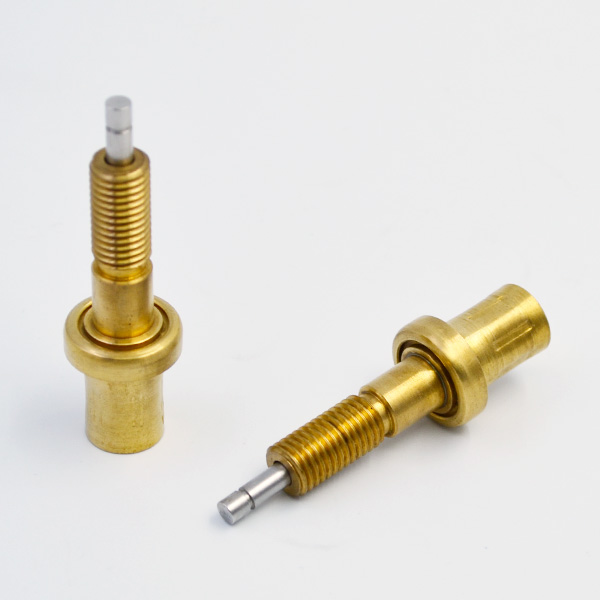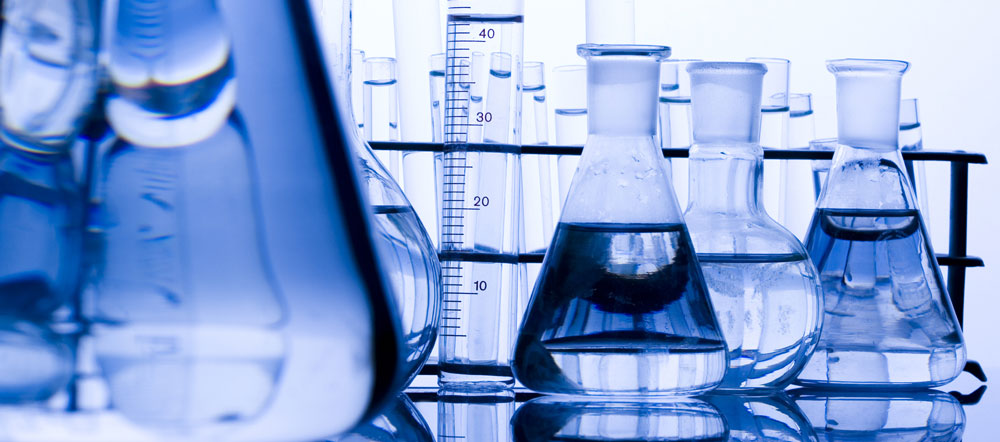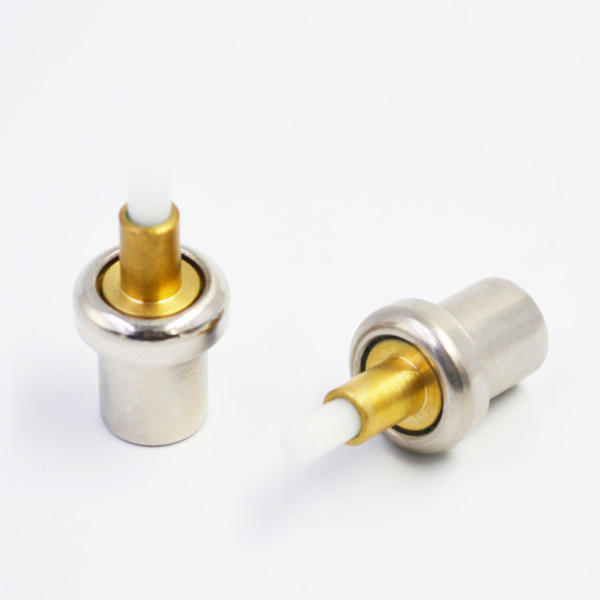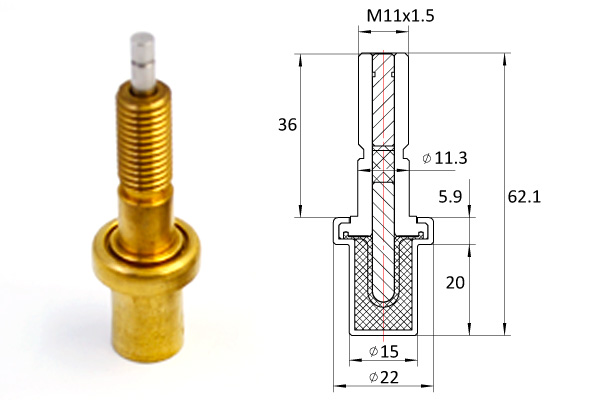The self-tuning PID controller based on membrane computing uses the computing power of the distribution and parallelism of membrane computing to real-time tune the three parameters of the PID, so as to achieve the desired purpose. Now the self-tuning PID controller based on membrane computing is divided into two parts, the PID parameter tuning based on membrane computing and the PID controller. The two parts work together to achieve the desired purpose. The key problems in PID control are the tuning of proportional coefficient, integral time and differential time of the controller.
The quality of PID controller tuning will directly affect the control quality, and sometimes it will cause trouble to the robust performance of the controller. In addition, thermostatic element there are many uncertainties in modern industrial control systems. These factors may cause the parameter changes and structural mutations of the mathematical model, which make the original proportional coefficient, integral time and differential time of the controller unable to guarantee the normal operation of the system. At this time, the controller is required to have good on-line correction function in order to improve the performance of the system. Can better solve the problem.

In this paper, a self-tuning PID controller based on membrane computing is proposed. On the basis of traditional PID control algorithm, a membrane computing PID parameter controller is added. System error and other related factors are introduced as input variables to tune the three parameters of the PID controller online. The controller can significantly improve the control quality of the control system and meet the expected requirements. As a new research field of computer science, membrane computing is also a new branch of natural computing.

It abstracts new computational models from organisms, such as living cells, cell clusters, neurons and other structures.
The computational concepts and models obtained in the practical application process have obtained good results. Membrane computing is a distributed and parallel computing model. At present, there are mainly three kinds of computing models: cell model computing model with single cell as carrier, tissue model computing model with cell group as carrier, and neuron model computing model with neuron as carrier. Membrane structure, evolutionary rules and multiple sets of objects are the three components of membrane system (also known as P system).

From the past experience, the size and spatial distribution of membranes in membrane structure are not important, but the logical relationship between membranes is important in membrane system, which includes adjacency, inclusion and inclusion. As a membrane system, it must have a unique outer membrane (also known as the surface membrane); if there is no other membrane structure in the membrane, it will become the surface membrane; the adjacent relationship between the membrane and the membrane is called the adjacent membrane; the space within the membrane is called the region; all the membranes should be marked, it should also be the marker of the corresponding region of the membrane; all the membrane structures should exist themselves. Environment. In a membrane system, there is a one-to-one correspondence between all membranes and their surrounding areas.
Because of this relationship, the marker of the membrane is also the marker of the region, and the object of the membrane is the object of the region. From the current research point of view, membrane is an idealized concept, it has no constituent materials, nor any internal structure.
Self-tuning PID is to select appropriate PID parameters according to the situation.
Consideration is given to the stability, response speed, overshoot and steady-state accuracy of the control system. The function of proportional parameter Kp is to speed up the response speed of the control system and improve the adjustment accuracy of the control system. One of the main functions of the integral action parameter Ti is to eliminate the steady-state error of the system. The function of differential action parameter Td is to improve the dynamic performance of the system. Its main function is to restrain the deviation change in any direction during the response process and to forecast the deviation change in advance. The tuning of PID parameters based on membrane computing is based on the PID algorithm.

By calculating the deviation of the current system, using the distribution, parallelism and extensibility of membrane computing, the parameters of PID are adjusted in real time. The main steps of the algorithm are as follows: the membrane calculates the parameters of the PID controller, the subsystems of the membrane evolve through the rules of the membrane, and the membrane communicates with the membrane (turn down to page 2) (page 49 above). Experiments show that when the parameters of the conventional PID controller are adjusted to an appropriate range, the control effect of the conventional PID controller is basically satisfactory, which fully illustrates the advantages of the PID algorithm, but there is great uncertainty in the application of the non-linear system. After introducing the concept of membrane computing, the whole process of self-tuning PID can be better handled by relying on the powerful distributed and parallel capability of membrane computing.
The self-tuning PID controller based on membrane computing combines biological cell mechanism with PID algorithm. The self-tuning PID control algorithm based on membrane computing has the characteristics of faster response speed, smaller overshoot and better tracking performance. It has strong adaptive ability, parameter adjustment ability and robustness, as well as strong adaptability. The anti-jamming ability can basically complete the error-free control of the system, thus reducing the lag of some non-linear controlled systems. In theory, the self-tuning PID controller based on membrane computing can solve the difficult problems in the non-linear system very well, and has achieved satisfactory results.
